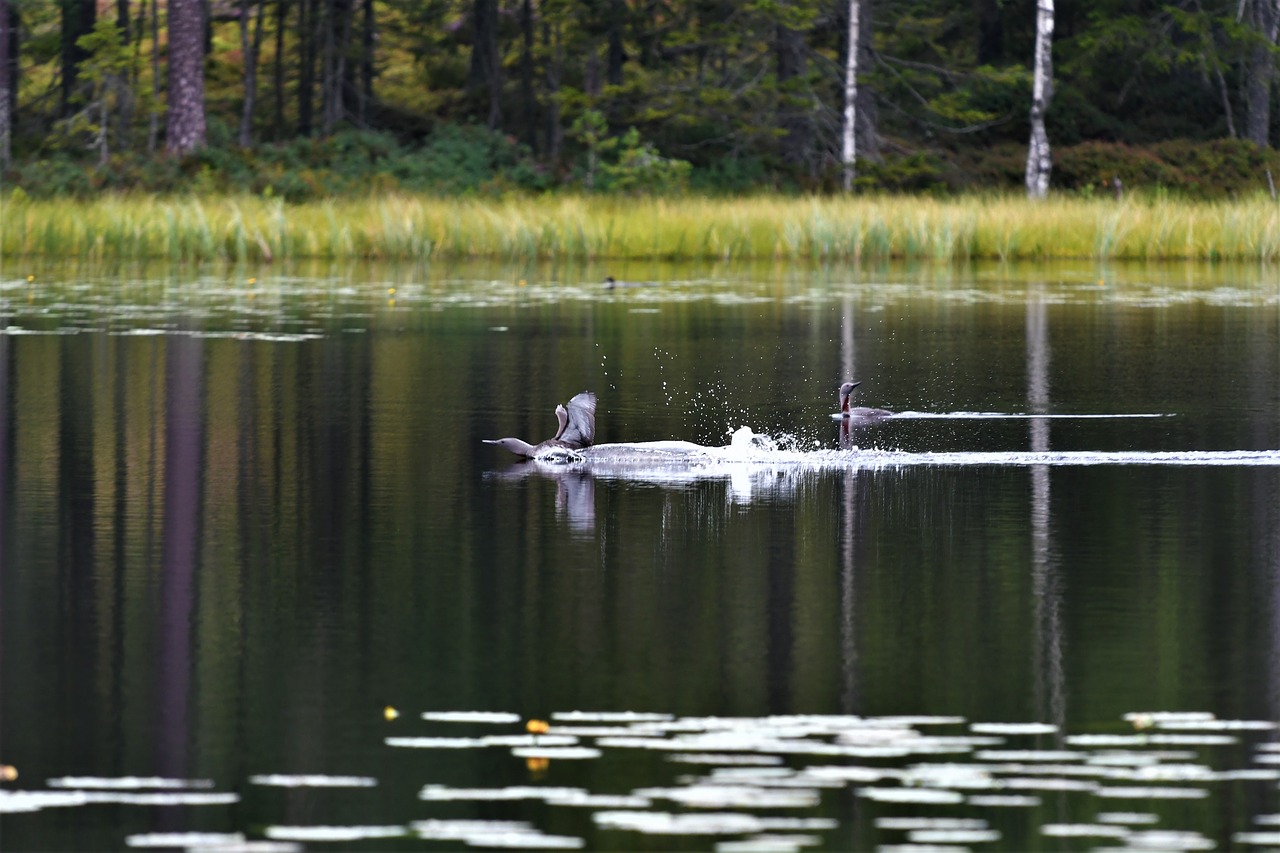Smålommen Gavia stellata i sydvästra Sverige – beståndsutveckling och häckningsframgång
DOI:
https://doi.org/10.34080/os.v7.22973Nyckelord:
häckningsbiologi, kullstorlek, populationsstudier, födosöksekologiAbstract
The breeding population of Red-throated Diver in southwest Sweden has decreased with at least one third during a period of about 60 years, from the 1930's to the 1990's. The decline was most pronounced from the 1960's to the 1980's. After that, the decreasing trend levelled off, and there has been a slight tendency of recovery and establishment at new breeding sites, not previously used by Red-throated Divers. During 1980–96, the production was 0.67 "large" young per pair and year, which was considered to be sufficient to maintain a stable population size. There was a significant relationship between the average breeding success and the distance to fishing lakes. The tendency of recovery may be linked to improved conditions for foraging in freshwater lakes which have been limed in order to reduce adverse effects of acid deposition.
Nedladdningar

Downloads
Publicerad
Referera så här
Nummer
Sektion
Licens
Författaren/författarna innehar copyright för varje enskilt bidrag, men samtliga bidrag är publicerade under en Creative Commons-licens, så att vem som helst kan dela och återanvända bidraget förutsatt att copyright-innehavaren erkänns.







